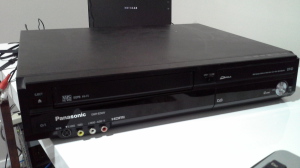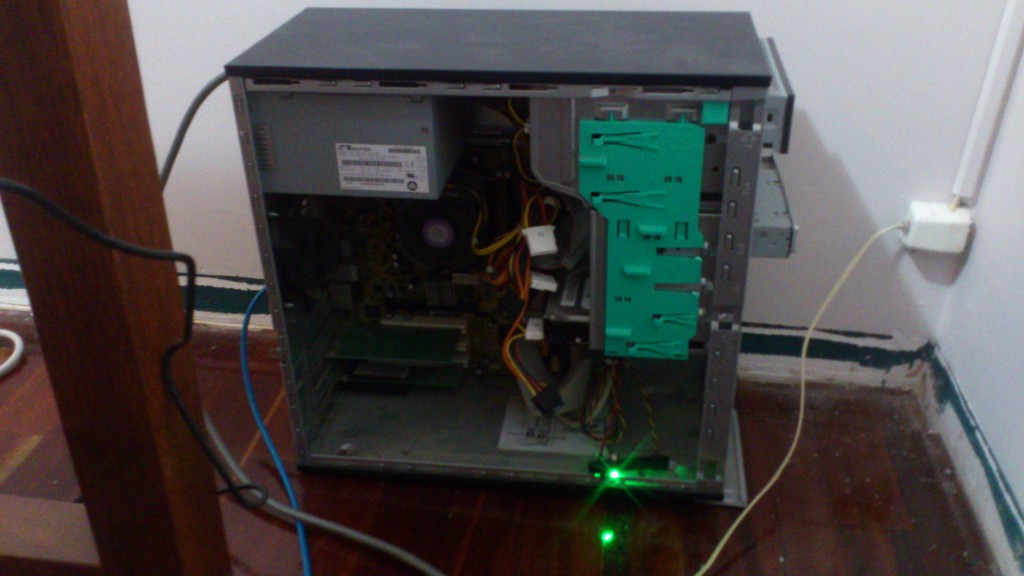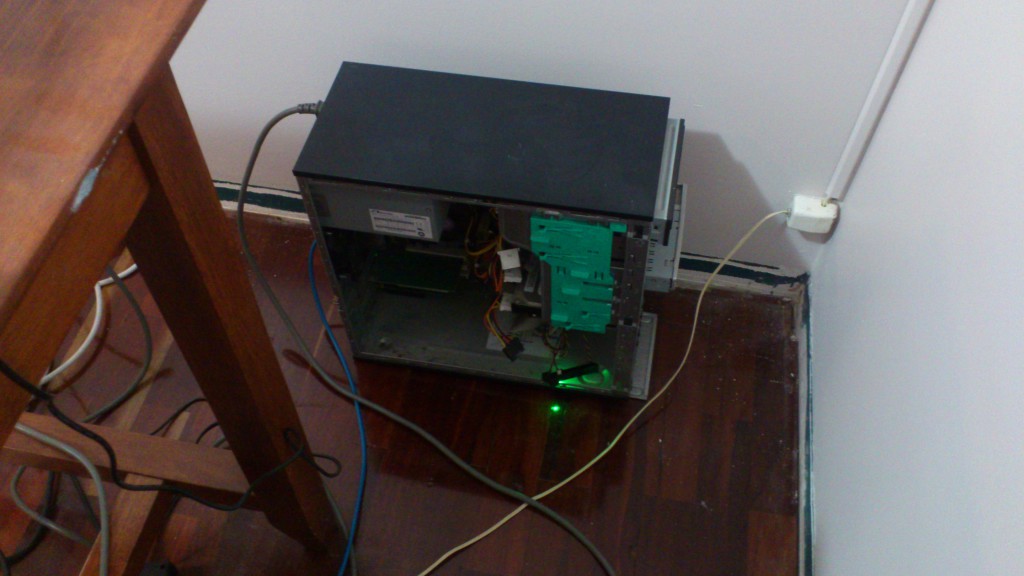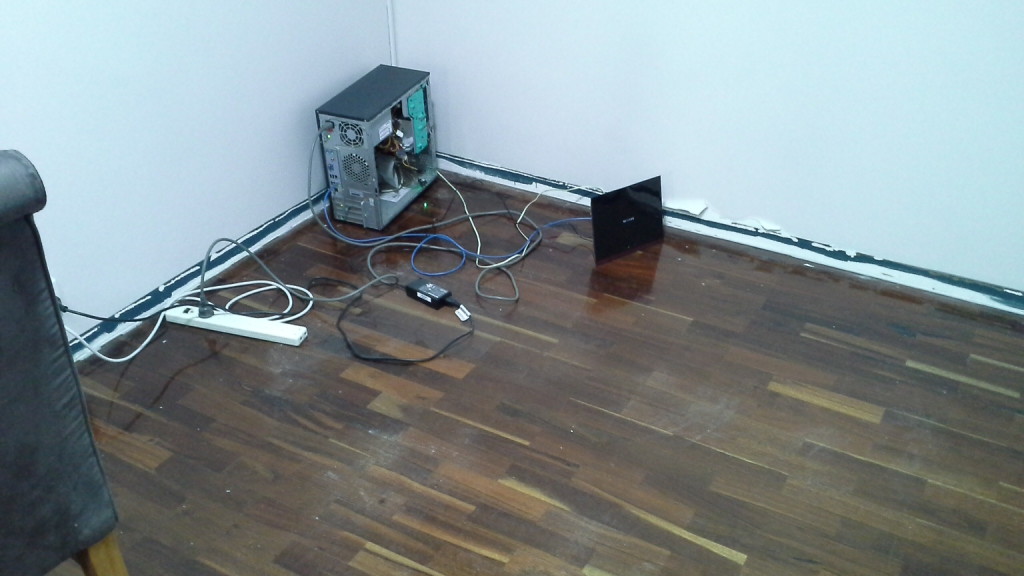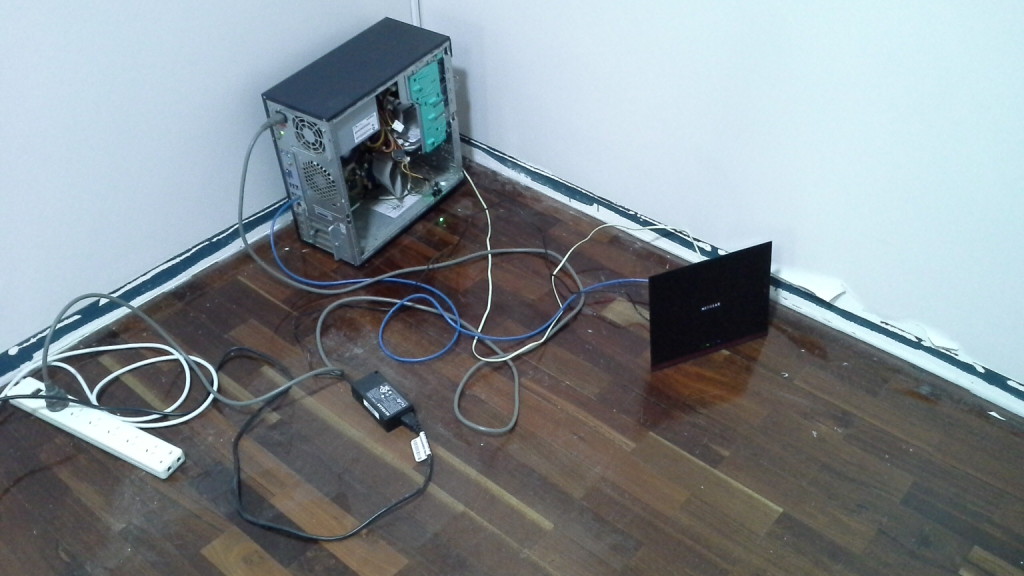To upgrade Nextcloud is actually pretty simple. The instructions are very similar to my post on Migrate from ownCloud 9.1.1 to Nextcloud 10.0.2.
Please note that I have created a directory “/opt/owncloud-install/” which I use to backup files to when performing an upgrade. You can have a directory named something else, the name isn’t important. Also my Nextcloud installation is in a directory named “/var/www/owncloud”, I found it easier to leave the directory name exactly the same when I migrated from ownCloud to Nextcloud.
1. Download Nextcloud server version 11.0.0
wget https://download.nextcloud.com/server/releases/nextcloud-11.0.0.tar.bz2
2. Stop your webserver
sudo systemctl stop apache2.service
3. Backup (move) your config.php file and your data folder
sudo mv /var/www/owncloud/config/config.php /opt/owncloud-install/
sudo mv /var/www/owncloud/data /opt/owncloud-install/
4. Delete your ownCloud folder
sudo rm -rf /var/www/owncloud/
5. Extract Nextcloud 11.0.0 (please note that the tar ball doesn’t include a data folder or a config.php file)
sudo tar -xf nextcloud-11.0.0.tar.bz2 -C /var/www/
6. You now have a folder named nextcloud, I’m going to rename this folder to owncloud
sudo mv /var/www/nextcloud /var/www/owncloud
7. Move the config.php file and your data folder which you backed up in Step 3
sudo mv /opt/owncloud-install/config.php /var/www/owncloud/config/
sudo mv /opt/owncloud-install/data/ /var/www/owncloud/
8. Set the correct ownership for your Nextcloud instance (the files in the tar ball are owned by nobody)
sudo chown -R www-data:www-data /var/www/owncloud/
9. Start your webserver
sudo systemctl start apache2.service
10. Complete the upgrade to Nextcloud 11.0.0
sudo -u www-data php /var/www/owncloud/occ upgrade
Done!
